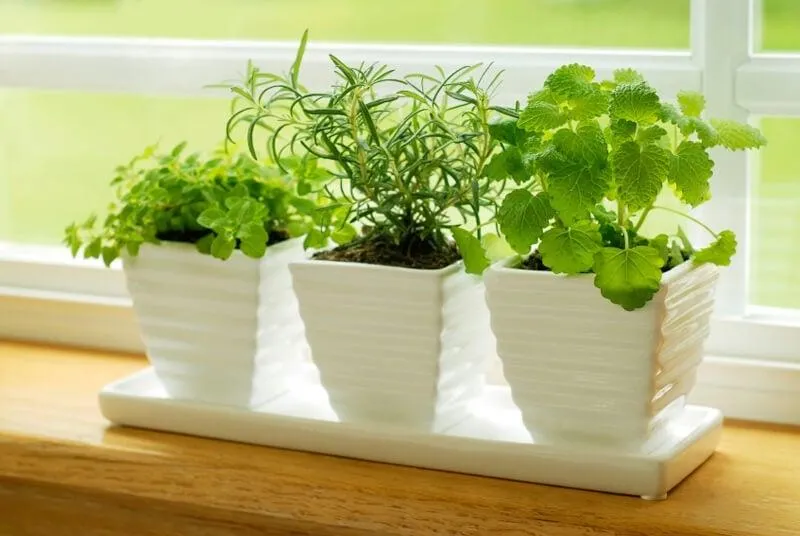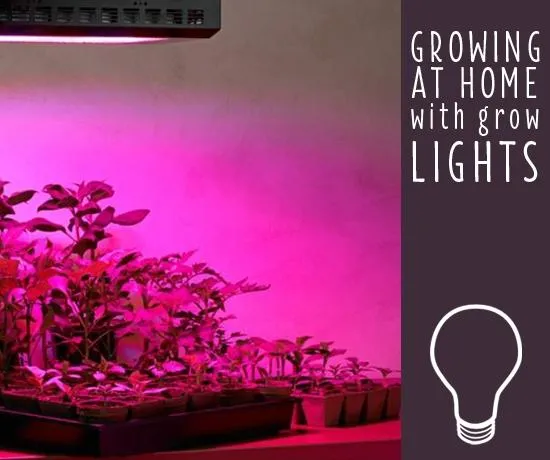A Blooming Guide to the Best Flowers You Can Grow Indoors
Have you been thinking of adding some beauty and greenery to your home but don’t have an outdoor garden? Growing indoor flowers is the perfect solution to fill your space with color and freshness even if you live in an apartment with no yard. From my experience putting together indoor flower gardens, there are many lovely options that thrive inside. In this article, I’ll cover the top flowers suited for indoor cultivation and provide tips to help you select varieties, care for your plants, and design beautiful displays.
Popular Indoor Flowering Plants
- Orchids – With their delicate blooms bursting in an array of vivid hues, orchids are one of the prettiest flowers for indoor growing. They come in many different types so you can pick one to suit any space. Phalaenopsis orchids, also called moth orchids, are a great choice for beginners as they are very low maintenance.
- African violets – These cute little blooming plants with heart-shaped leaves will brighten any windowsill. African violets come in various beautiful colors and forms, from single to double blooms. They thrive in low to medium light and don’t need much water.
- Gerbera daisies – With their cheerful daisy-like blooms that pop up on tall stems, gerberas make a nice visual statement. Their colors range from classic yellows and oranges to bright pinks and reds. They grow well in bright indirect sunlight.
- Christmas/Easter cacti – These lovely succulents explode with pink, red, orange or yellow blooms resembling cranberries or Christmas lights around the holidays. With proper care, they will rebloom year after year.
- Chrysanthemums – Also called mums, chrysanthemums come in an exciting variety of colors and forms like pompons and spiders. Keep them trimmed for continual new growth and blooms. Just be sure not to overwater theseflowers which prefer drier soil between waterings.
Indoor Flower Gardening Tips and Tricks
Now that you know some top flowering plant options, here are my tried-and-true tips for growing them successfully indoors:
Potting Medium: Common houseplant soils work great for flowers or you can use a homemade mix of potting soil, peat moss and perlite or vermiculite for better drainage.
Light: Most flowers like 4-6 hours of bright, indirect sunlight daily. Southern or eastern windows provide this type of exposure. Adjust as needed – toobright can scorch leaves.
Watering: Feel the soil before watering and only do so when the top inch is dry. Overwatering is the main cause of failure.

Fertilizing: Use a diluted liquid houseplant fertilizer every 2-4 weeks in the growing season to keep blooms coming. Follow pack instructions carefully.
Pruning: Deadhead spent blooms to promote rebloom. You can also shape bushy plants and remove leggy growth.
Pest Prevention:Check leaves regularly and wash plants if you see any pests like spider mites or aphids. Stick to non-chemical controls indoors.
Humidity: Some flowering favorites like orchids prefer humid conditions. Use pebble trays or a humidifier to raise ambient moisture levels.
Beyond plant basics, here are some design tips for displaying your indoor flowers decoratively:

Group assorted blooms together in clustered planters for visual impact. Mixing bright colors alongside pastels produces a nice look. Alternatively, showcase a single variety together for uniform style. Use tall, angular vases to accentuate upright stems like calla lilies or greenery. Place short round pots of trailing flowers on shelves or arrange them cascading from hanging baskets for a lush effect. Don’t be afraid to get creative – you can make beautiful floral arrangements without spending a fortune at the florist!
There you have it guys, the lowdown on growing beautiful blooms indoors. Let me know if you have any other questions! With a little TLC, your flowers will reward you with colorful blossoms for many months. While it can totally be a hit or miss kinda thing depending on growing conditions, I find it a rewarding experience kinda watching my plants thrive. Wishing you good luck and happy gardening!
Best Indoor Flowers to Grow
| Flower | Water Needs | Light Needs | Bloom Time |
|---|---|---|---|
| Pothos | Low – Allow soil to dry between waterings | Low – Indirect light | Constant |
| Peace Lily | Medium – Water when top soil is dry | Medium – Bright indirect light | Spring through fall |
| Orchid | Medium – Water 1x/week | Medium – Bright indirect light | Spring |
| African Violet | Low – Allow soil to dry slightly | Medium – Bright indirect light | Spring through fall |
| Snake Plant | Low – Water every 2-4 weeks | Low – Indirect light | Spring |
FAQ
-
What kinds of flowers can I grow indoors?
There are quite a few different kinds of flowers that do well inside. Basically, you want to pick flowers that don’t need a ton of sunlight. Some good options are peace lilies, Chinese evergreen, pothos, spider plants, African violets, and chamomile.
-
How much sunlight do indoor flowers need?
Most indoor flowers only need moderate light. They won’t do very well in super dark corners, but they don’t need direct sun all day either. Sort of in between is usually best. A bright windowsill that gets a few hours of sunlight each day should work for many varieties. On the other hand, some like African violets actually prefer low to medium light.
-
What size pot should I use?
The size of the pot will depend on the size of the plant. Nevertheless, it’s generally a good idea to pick a pot that’s just slightly larger than the root ball. This prevents overwatering. For example, you wouldn’t want to put a tiny succulent in a huge pot. At the same time, don’t put a large plant in a pot that’s too small either, since it may become root bound.

-
How often should I water indoor flowers?
The frequency of watering depends on various factors, like the type of plant and soil mix. But in general, allow the top inch or two of soil to dry out between waterings. You can stick your finger in the soil to check moisture levels. It’s also a good idea to water when the pot feels lighter, indicating that it’s drying out. However, be careful not to overwater, as this can cause root rot. Maybe err on the side of letting it dry out more.
-
What type of soil is best?
A good well-draining potting soil works amazing for most indoor flowers. Look for a soil labeled as “potting soil” rather than garden soil, since it has better drainage. Additionally, you could add some perlite or gravel to the bottom of pots for extra drainage. Stonewort is also an option if you want something that retains moisture but still has aeration. On the other hand, peat moss holds too much water on its own.
-
How do I keep my indoor flowers looking their best?
To keep your flowers looking awesome, give them ample humidity. You can use a Pebble tray, humidity tray, or indoor greenhouse. Also cut off any dead or fading blooms to encourage reblooming. Similarly, fertilize during the growing season following label directions. Sort of lastly, keep them in a spot with sufficient light as discussed earlier. Asking yourself these questions will help your flowers thrive!
-
Is growing flowers indoors difficult?
Growing indoor flowers is doable even for novice gardeners. As long as you meet their basic needs like sunlight, water, temperature, and humidity, many flowers will flourish inside. Sure, you might kill a plant now and then from overwatering. But don’t get discouraged! Try different varieties until you find ones suited to your care levels. And remember, many flowers are quite forgiving even if you’re not perfect. With some trial and basically error, you’ll get the hang of it in no time.
-
Do I need a grow light?
A grow light isn’t always necessary for indoor flowers. However, it can make a big difference if your home doesn’t receive much natural sunlight. With a grow light, you’ll have more flexibility regarding where you can place plants. Inspection some flowers definitely perform better under grow lights regardless of window availability. Ultimately, the choice depends on your individual conditions. If light levels seem dim, a inexpensive grow bulb could supercharge your floral display. Either way, observe your plants closely for signs they may need more light.

